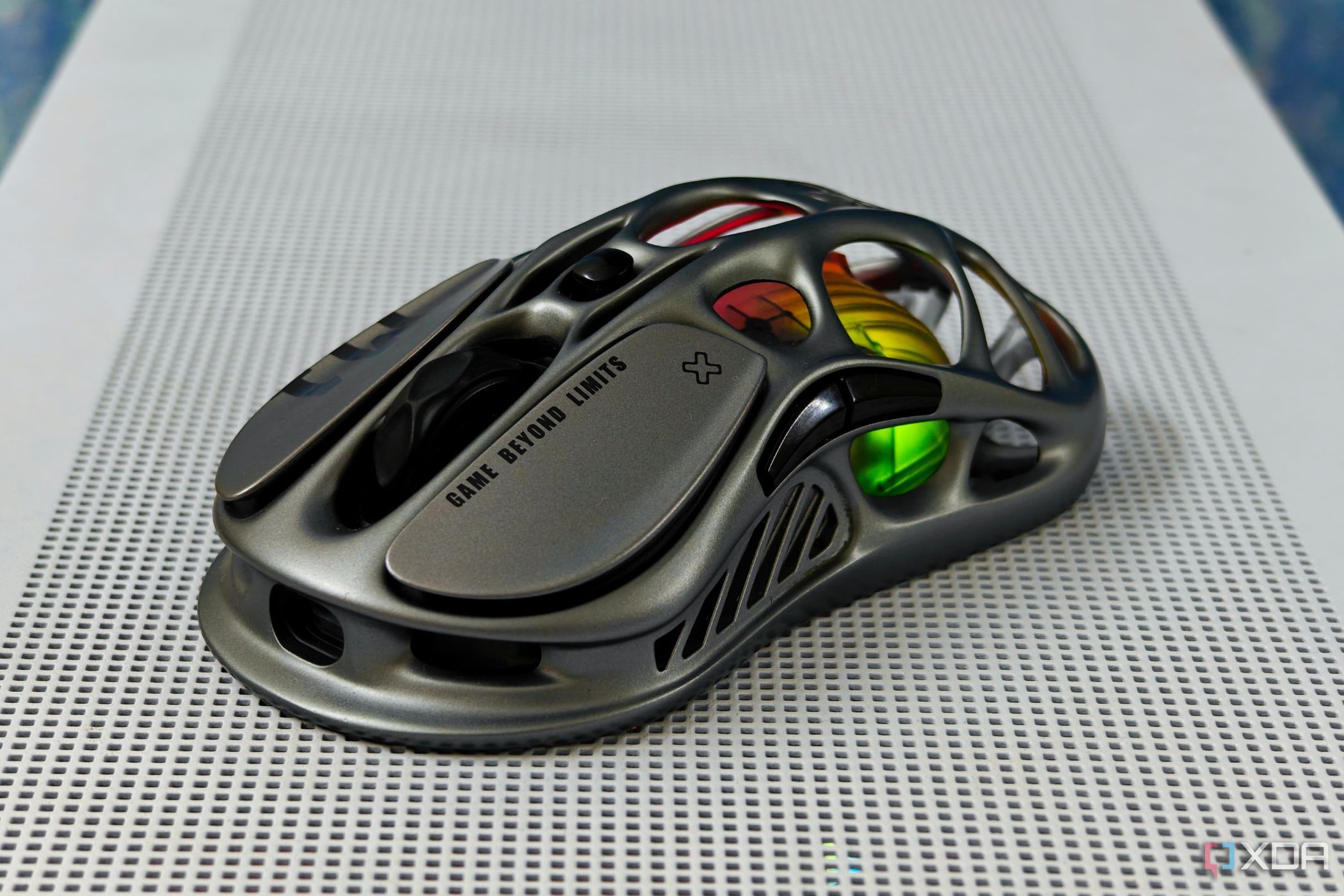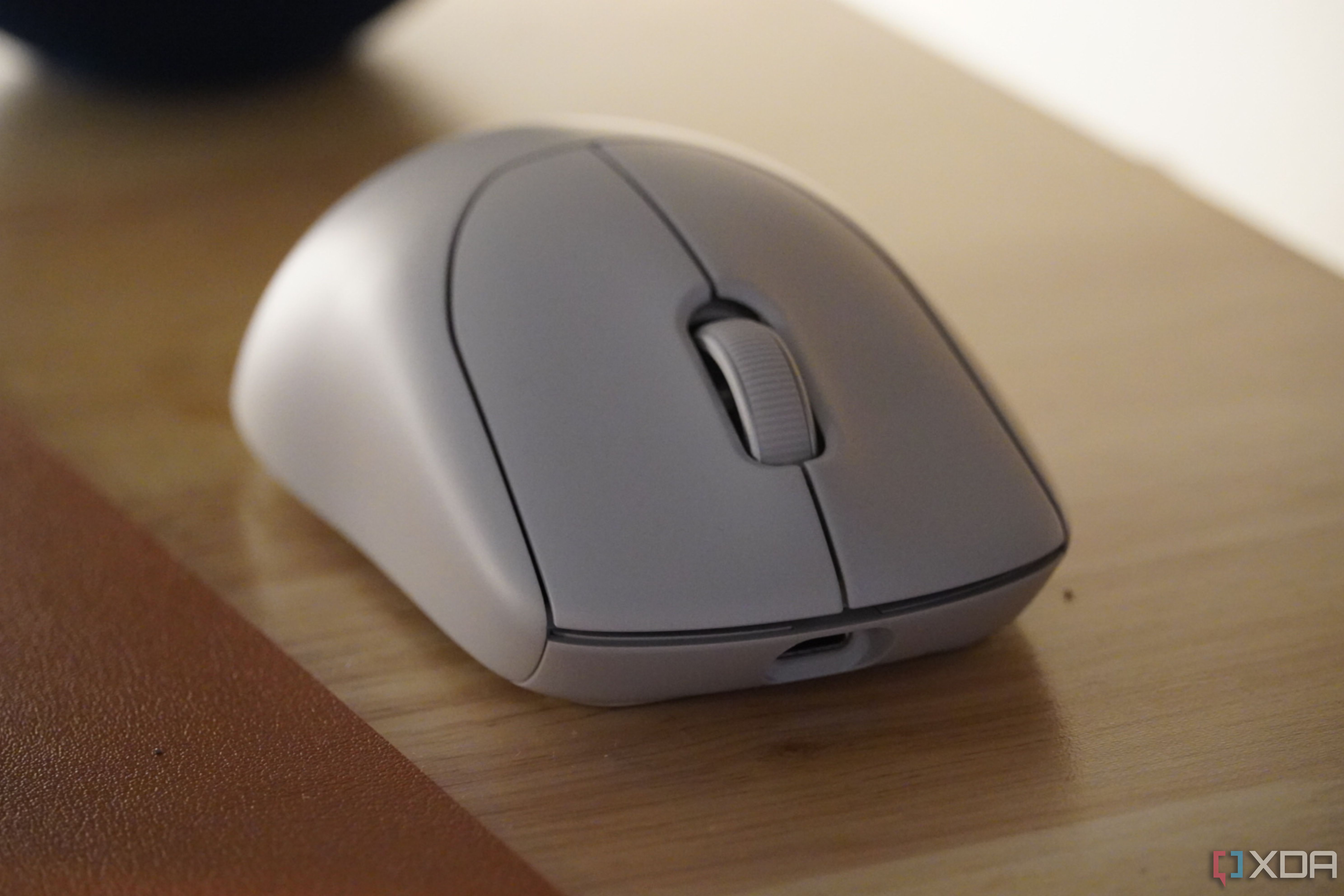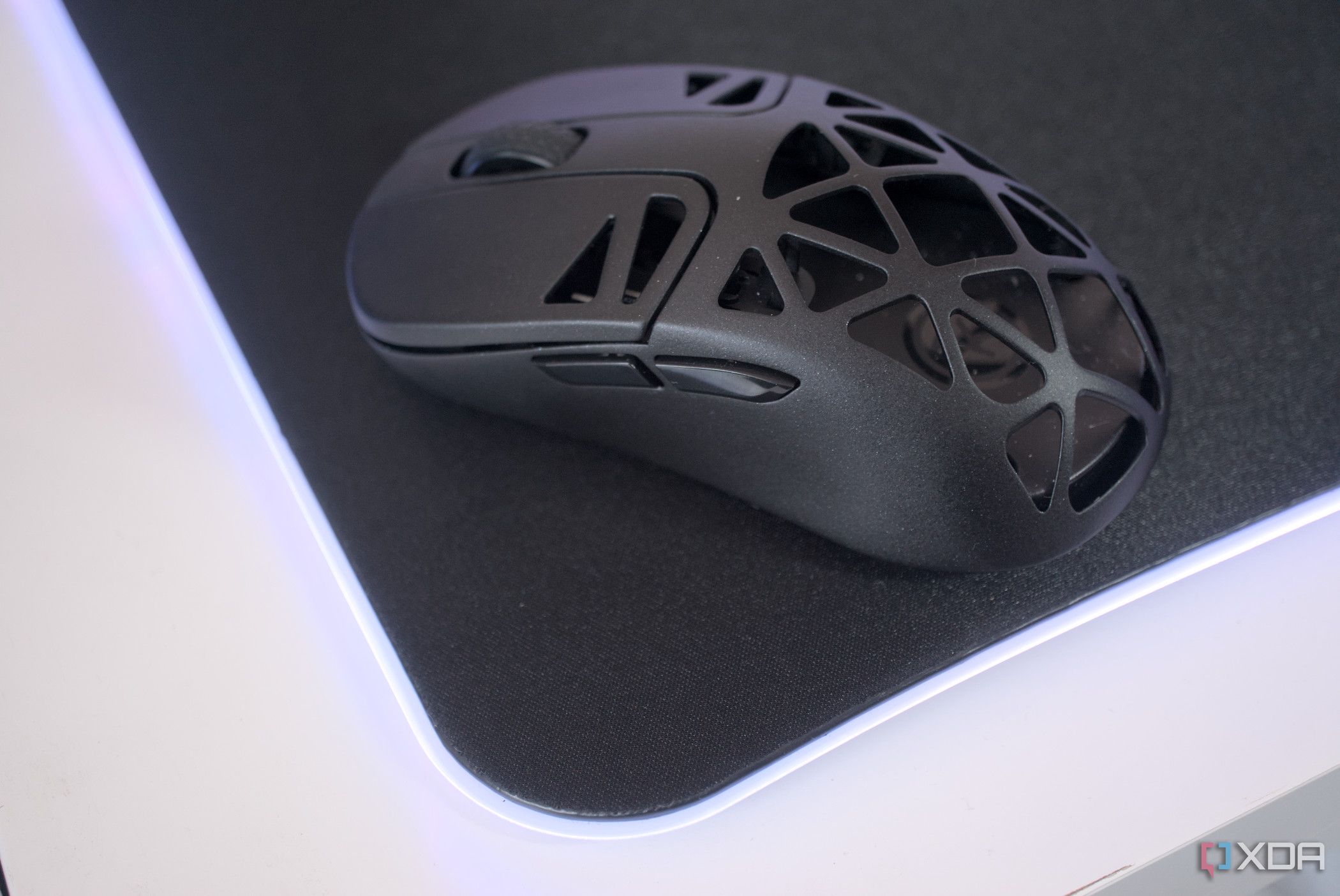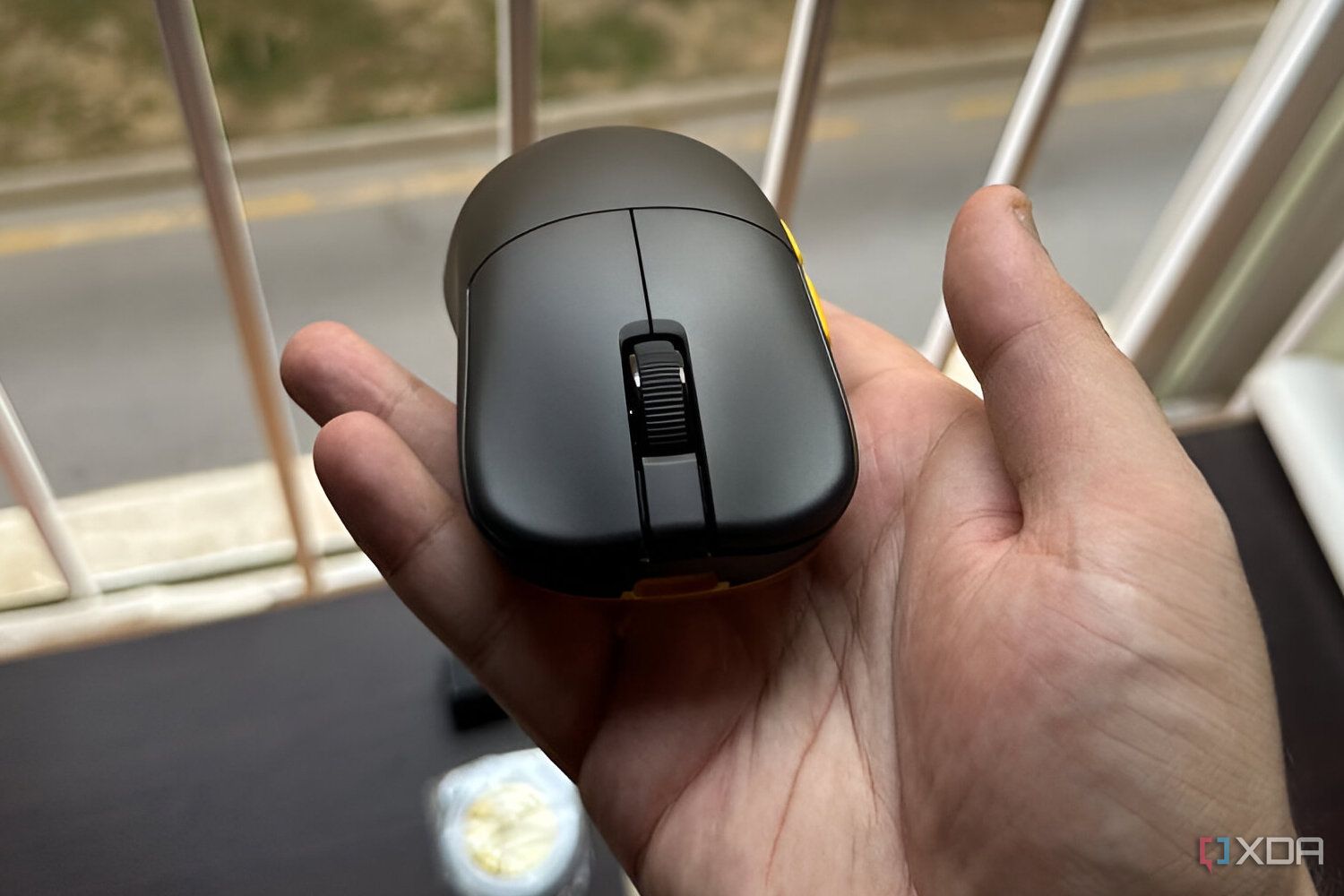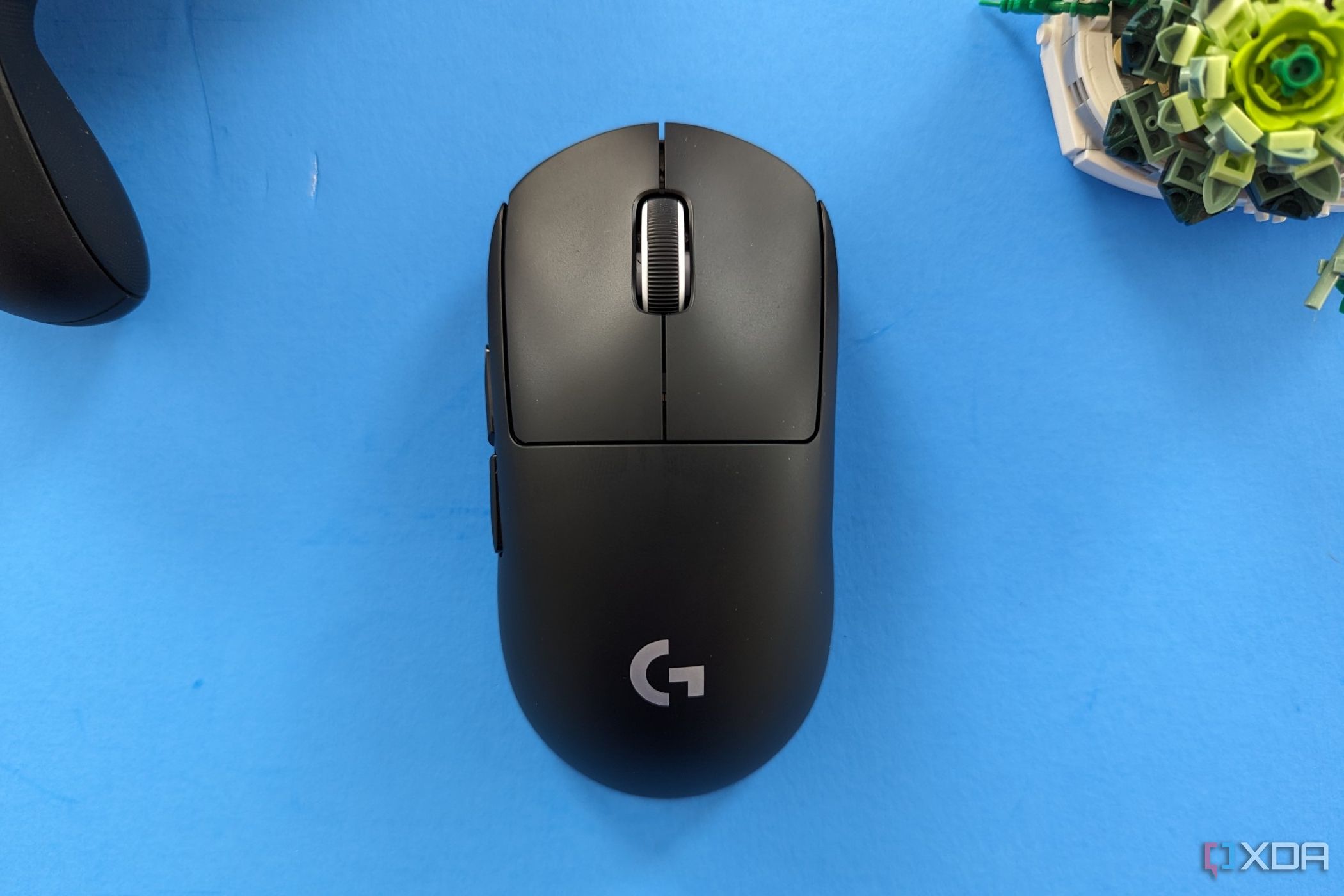Key Takeaways
- Size and weight matter: Lighter and smaller mice can offer a competitive edge, but larger mice can be more comfortable.
- Sensors: All modern gaming mouse sensors are generally good enough
- Shape is key: Choose between ergonomic, ambidextrous, or egg-shaped mice based on your grip style and hand size for comfort and control.
- Don't forget about durability because you want your mouse to last.
Over the years, I’ve tested and reviewed many of the best gaming mice to find the perfect shape, size, and sensor for my tastes. As someone who’s admittedly not a hardcore competitive gamer, I did this instead because I’m a PC hardware enthusiast and wanted to see what’s out there. It has been an unnecessarily expensive journey, but one that I’ve thoroughly enjoyed.
With this guide, I plan to put that knowledge and experience to good use. Whether you’re looking for a budget mouse or a high-end wireless one. I’ve got you covered. Here’s every single thing you need to know to find the perfect gaming mouse for your needs.
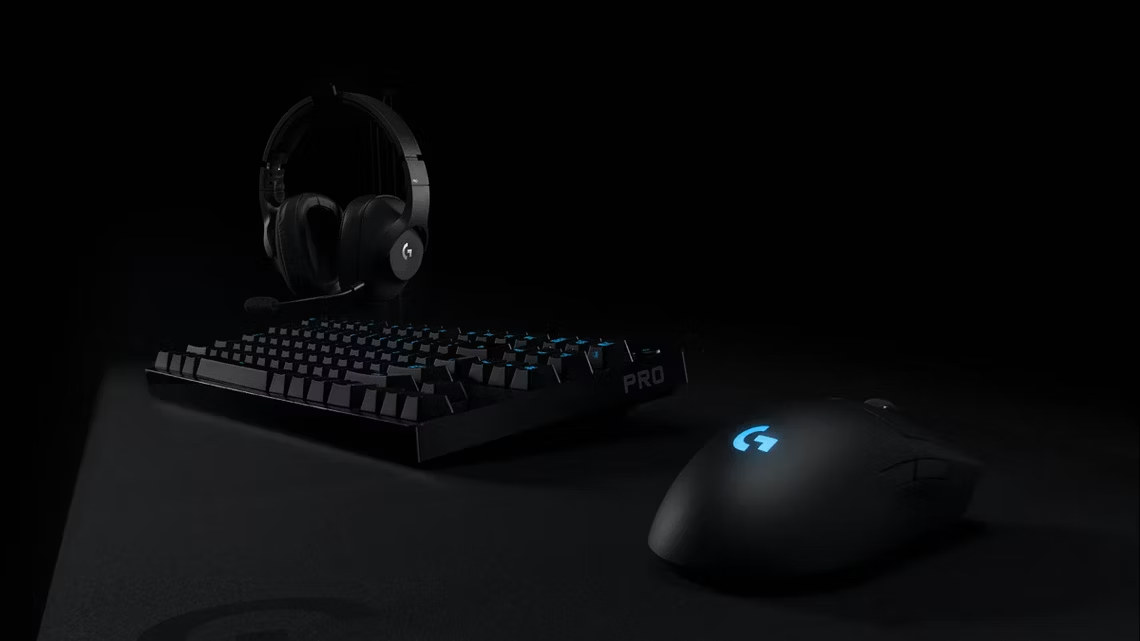
5 reasons why the Logitech G Pro Wireless is still my favorite gaming mouse
The Logitech G Pro Wireless is still my favorite gaming mouse, and these are the reasons why.6 Buttons, scroll wheel, and durability
These are the basics that a good mouse must get right
I've gone through my fair share of gaming mice, and durability was a surprising issue with most of them. For example, I have gone through two Razer Viper Minis that had issues with the scroll wheel. This was surprising coming from a big company like Razer, but scroll wheel jumping is a common issue with their budget mice.
Regardless of which brand you're buying from, overall durability matters a lot. A tactile scroll wheel is great — but it's not so great when the encoder stops working a few months down the line. Always look for long-term reviews to avoid making the same mistake I made.
If you buy a high-end gaming mouse, it might have optical switches. These switches swap the physical contact of mechanical switches for a beam of infrared light. Whenever you press a button, that beam of light is broken, and the mouse registers it as a click. This makes optical switches faster because they can get rid of the switch's debounce delay — and, in turn, potentially better for competitive titles. Optical switches are also less likely to develop a "double-click" issue because there is no electrical contact being made and broken with every button press.
5 Sensors, polling rate, and DPI
Traditional metrics of overall mouse performance
Most modern gaming mice come with an Esports-grade sensor. And in the past couple of years, nearly all sensors from major mouse brands have gotten so good that they are nearly indistinguishable from one another. If you're buying a mouse from Razer, Logitech, Finalmouse, or any other reputable mouse brand, you're not going to have issues with accuracy or sensor tracking.
DPI (dots per inch) defines how many input counts your sensor generates when moving your mouse one inch. This, in conjunction with your game's sensitivity slider, determines how far your cursor moves when you move your mouse. Mouse DPI is usually customizable in modern mice, and most of the top gaming mice have a DPI range of 400 to 4,000 (or beyond). Having an ultra-high maximum DPI doesn't really matter much. Most companies use it as a marketing gimmick for their mice. You can easily find a comfortable sensitivity in most games by using a DPI range of between 400 - 2000.
Polling rate determines how often your mouse sensor reports position changes back to your computer. A higher polling rate will result in lower latency, which is incredibly important for gaming mice. Generally, a 1000Hz polling rate is enough for smooth gaming, but some mice will have 4000Hz or beyond.
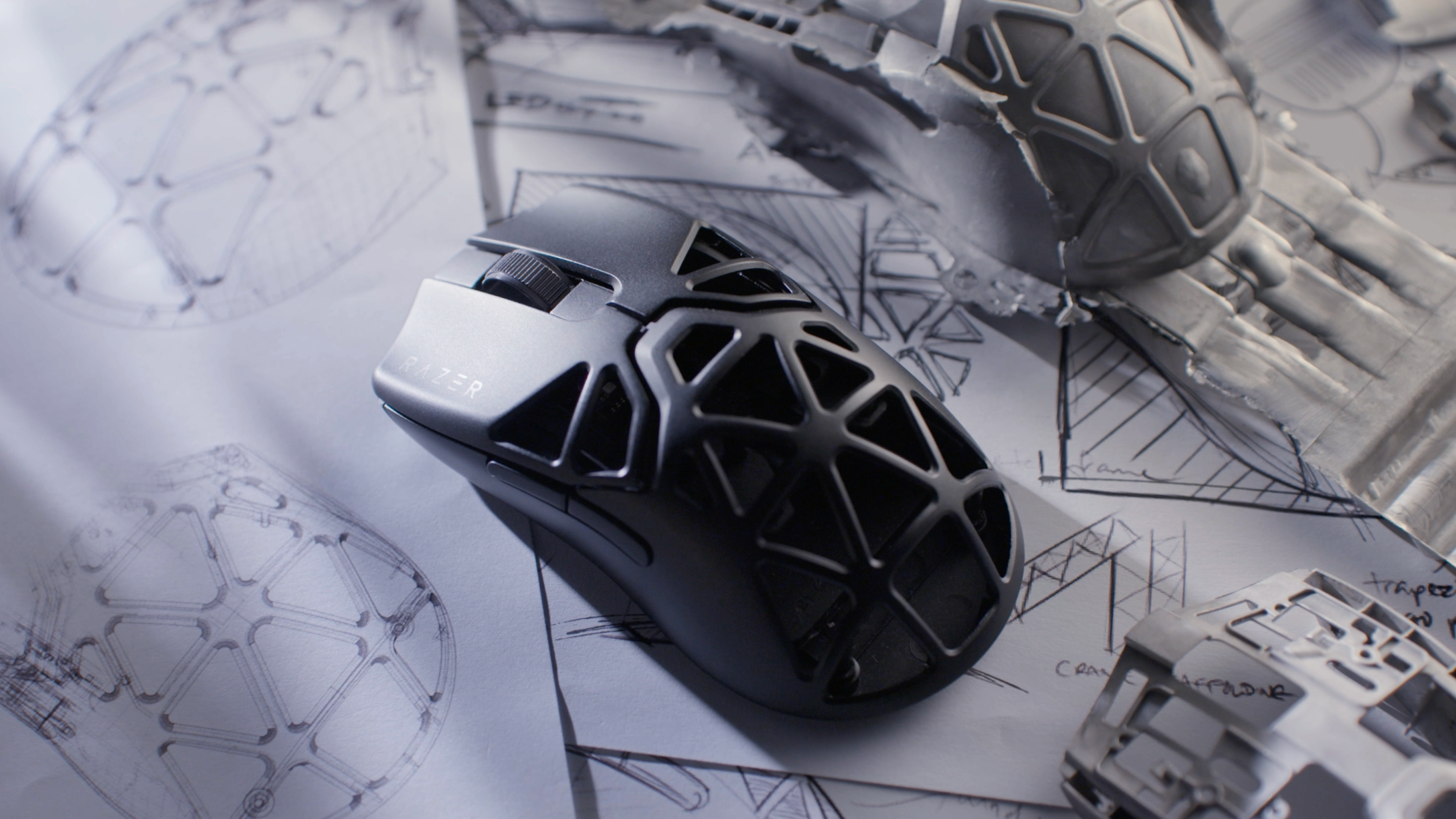
The Razer Viper Mini Signature Edition mouse to get 8KHz polling support with an update
Razer is introducing the world's first wireless mouse with 8000Hz polling with a firmware update for the Razer Viper Mini Signature Edition.4 Wireless mice are much better these days
But wired ones are still cheaper
A lot of Esports professionals these days are using the Logitech G Pro X Superlight 2 — a wireless mouse. This goes to show that wireless mice have certainly come a long way. Most high-end wireless mice offer a low latency experience comparable to their wired counterparts. The major drawback is that you have to charge them, but the benefit is that you don't have to deal with the cable — something that's even more noticeable as you go with lighter mice.
To save battery life, a lot of wireless mice don't have RGB lighting at all. If you care about having flashy lights in your mouse, you might be better off going wired. It's also worth noting that a lot of companies release wireless versions of their wired mouse these days, and the wireless version is usually more expensive. If the convenience of not dealing with a cord matters to you, go wireless. On the other hand, if you want to save some money and don't want to deal with charging, go wired.
3 Forget about brand loyalty
Underrated brands offer some incredible mice
Throughout my mouse testing journey, I came across some incredible mice that the average person might not be aware of. While mice from Razer, Logitech, and HyperX are bound to be reliable, there are a plethora of other options. For example, I'm using a Fantech Helios II Pro right now, and it's my favorite mouse to date. It has a wireless connection, a 4K polling rate, and TTC gold optical switches — and it weighs just 53g. The battery life on it is incredible, and it tracks beautifully.
Similarly, the Keychron M6 is a budget mouse with an incredible sensor. This goes to show that there are a ton of companies making incredible gaming mice — a lot of us are just blissfully unaware. If you want to keep track of some lesser known brands, here are a few worth looking out for:
- Finalmouse
- Pulsar
- Fantech
- Xtrfy
- Endgame Gear
- Lamzu
- Glorious
- G. Wolves
- Zaunkoenig
Several of these companies offer ultra-competitive mice at a cheaper price than the bigger brands. The best part is that they rarely compromise on quality, so you can often get a similar high-end experience for cheap.
2 Size and weight matter
Are lightweight mice the answer?
On paper, a lightweight mouse has many advantages over a heavier one. The lighter the mouse, the lower the inertia, so the faster you can start and stop moving. With a heavier mouse, your wrist/arm has to do more work when moving and lifting the mouse off the pad. This is why a lot of people are using lightweight mice now for first-person shooters.
However, there is still a subjective component — what you should buy boils down to personal preference. Some people find ultra-lightweight mice like the 31-gram Finalmouse Ultralight X harder to control. So if you've only used heavy mice in the past and you want to try something lighter, perhaps start off with something in the 60-70g range rather than jumping straight into even lighter mice.
Other than the weight, the physical dimensions and size of a mouse also matter. Hand sizes vary greatly, and so do grip styles, so looking for a mouse that fits your hand is important. Smaller mice are easier to control and flick around, particularly if you use fingertip grip. But larger mice often feel better with more relaxed grip styles.
Look for the width and length of the mouse, as they are the most important factors. All of this is personal preference though. I have relatively large hands, but somehow I feel more comfortable using small, lightweight mice. Again, it's highly subjective.
1 Shape is king
Grip style and ergonomics heavily affect what shape you need
It doesn't matter if your mouse has flashy RGB or a wireless connection — if it's uncomfortable to use, it's not right for you. There's a lot that goes into finding the right shape, and you need to be familiar with the different types of mouse shapes out there. Here are some of the more common ones:
- Ergonomic: Mice that have an ergonomic shape usually have a sloped or angled design that allows for a more natural hand position. If you lift the right side of your wrist while holding your mouse, this type of shape will be perfect for you. Ergonomic mice are typically for right-handed users who like to put their entire hand on top of the mouse, usually known as a palm grip. Some examples include the Glorious Model D, Zowie EC2, and the Razer Basilisk V3.
- Ambidextrous: These are symmetrical mice, meaning both the left and right sides are equal. This means they're ambidextrous, making them a better fit for left-handed folks. Unfortunately, some symmetrical mice will only have side buttons on the left side, making those buttons useless for left-handed users. Despite that, this is the most versatile (and safe) shape as it can usually accommodate a wider variety of grip styles. Some examples are the Glorious Model O, Razer Viper, and the Zowie Divina S2.
- Egg: As you can probably guess from the name, this is one of the weirder mouse shapes. However, it has risen in popularity in recent years. These are symmetrical mice where the middle portion is wider than both the front and the back. They are great for relaxed claw or fingertip grip, but not for palm grip. Examples include the Logitech G305, the Razer Orochi V2, and Fantech Zaopin Z1.
It's worth mentioning that even if two mice belong to the same shape category, it doesn't guarantee that they'll have the same feel. For example, the Logitech G502 and the Razer DeathAdder V3 are both ergonomic mice with vastly different shapes. The DeathAdder has a more tilted design, which makes it easier to rest your palm on. On the other hand, the G502 has less tilt and more height in the rear, making it great to wrap your entire hand around it.
I know all of this can get confusing, but now you know that there's a lot more to mouse shapes than you initially thought. Take a good look at how you grip your mouse, and go from there. If you usually prefer a palm grip, a wider ergonomic shape will be better. On the other hand, if you prefer a claw or fingertip grip, a more contoured and short symmetrical mouse will be a better choice.

